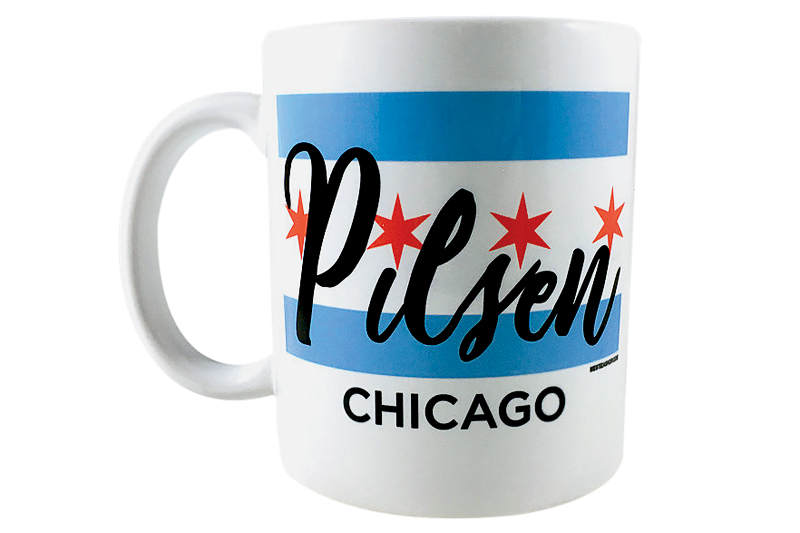It doesn’t—at least not anymore. In 1993, the City Council passed an ordinance designating 178 official neighborhoods. The map was based on a 1978 survey by the Department of Planning and Development of 10 randomly selected residents of each spot (no one currently working in the office knows how it dealt with the chicken-egg problem of picking people who lived in nabes that weren’t yet outlined). These days, the city doesn’t actually use those borders for anything, instead viewing them as fluid. And there are no plans to change that, “given the wide range of subjective criteria that people use for neighborhood geographies,” says Peter Strazzabosco, the department’s deputy commissioner. Neighborhoods are often confused with Chicago’s 77 “community areas,” which were drawn in the 1920s to help with census collection and are largely based on physical boundaries like rivers and parks—not the whims of developers or the sentiments of longtime residents. Easier to define, yes, but less familiar. Few people would call Pilsen by its community area name: the Lower West Side.



